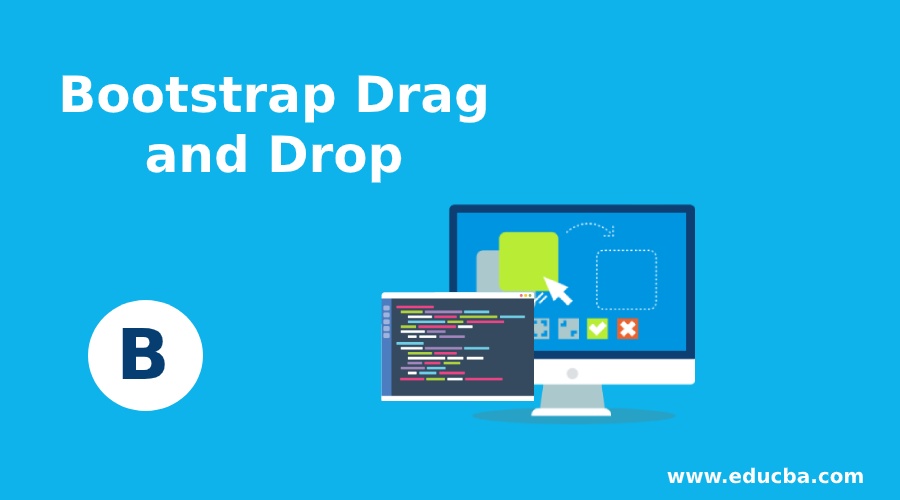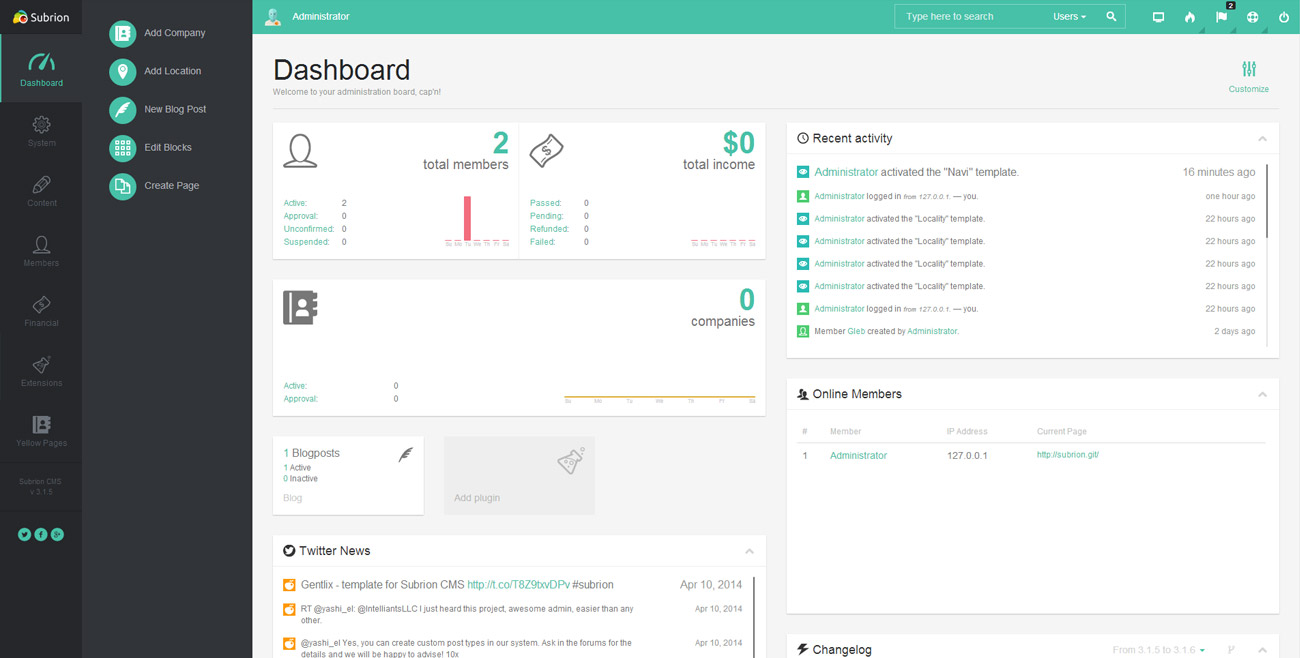
The most common use cases for drag-and-drop in React include uploading files replacing the components within created lists and rearranging images and assets. And, this option can simplify the UX route, in comparison to the process of filling in forms, and shortens the time of one or another formal action. lists, cards, tables, etc) in your React app. There are dozens of open-source libraries that help to create draggable and movable elements (e.g. And it is much faster to run any ready-made library where you can easily borrow some pieces of code.
Drag and drop qtox code#
This simple action may be comfy not only as a part of the modern user experience, especially for those people who have disabilities or some difficulties with performing manual-type actions.īut why does such a simple element take quite a while to develop? The answer is simple: it takes a lot of code to build high-quality, neat, and clean JavaScript forms. There are lots of well-known applications where you use the drag and drop function as the basic one, let’s remind ourselves of just a few of them: Trello, Jira, Zapier, Monday, and others, where we one way or another using drag and drop to move things.

What is Drag and Drop?ĭrag and drop is an action carried out by the user in order to move one or another element to a different place in UI. Though it may seem that choosing a drag and drop element is no big deal, after all, it’s just a basic functionality component! But, the drag and drop module lets you transfer the items between drag handlers, tables and lists, touch devices, animations, previews, and placeholders, thus resolving the simple but still integral step that allows you to ‘take an object’ and drag it to another location.


User experience is crucial when you interact with your website or web app.


 0 kommentar(er)
0 kommentar(er)
